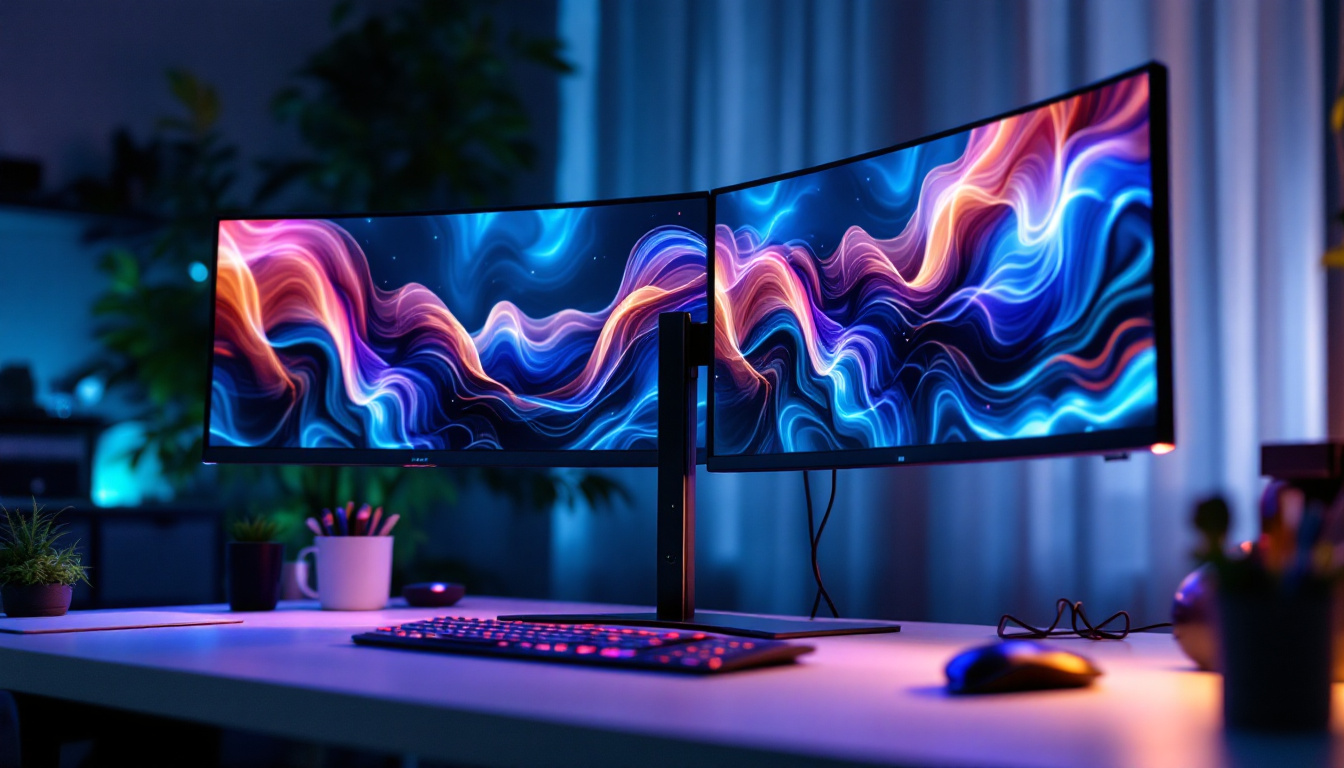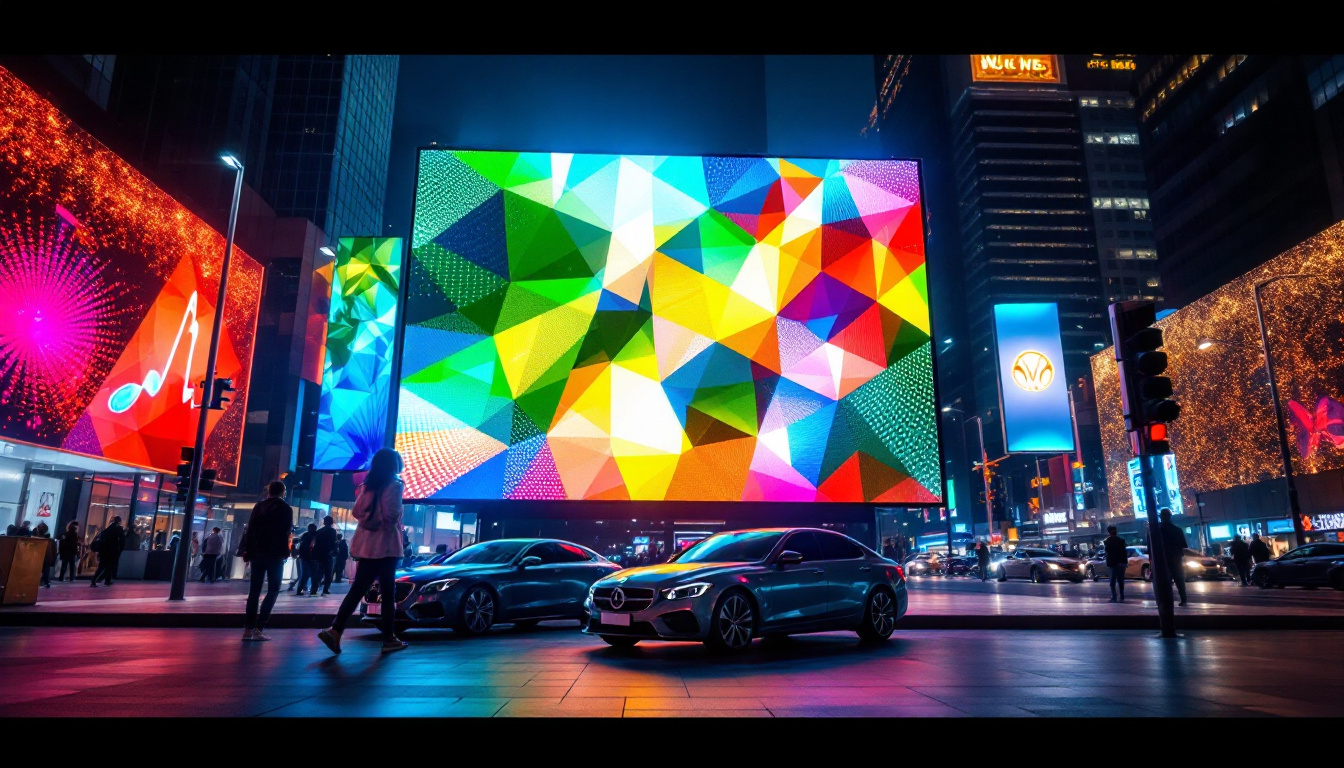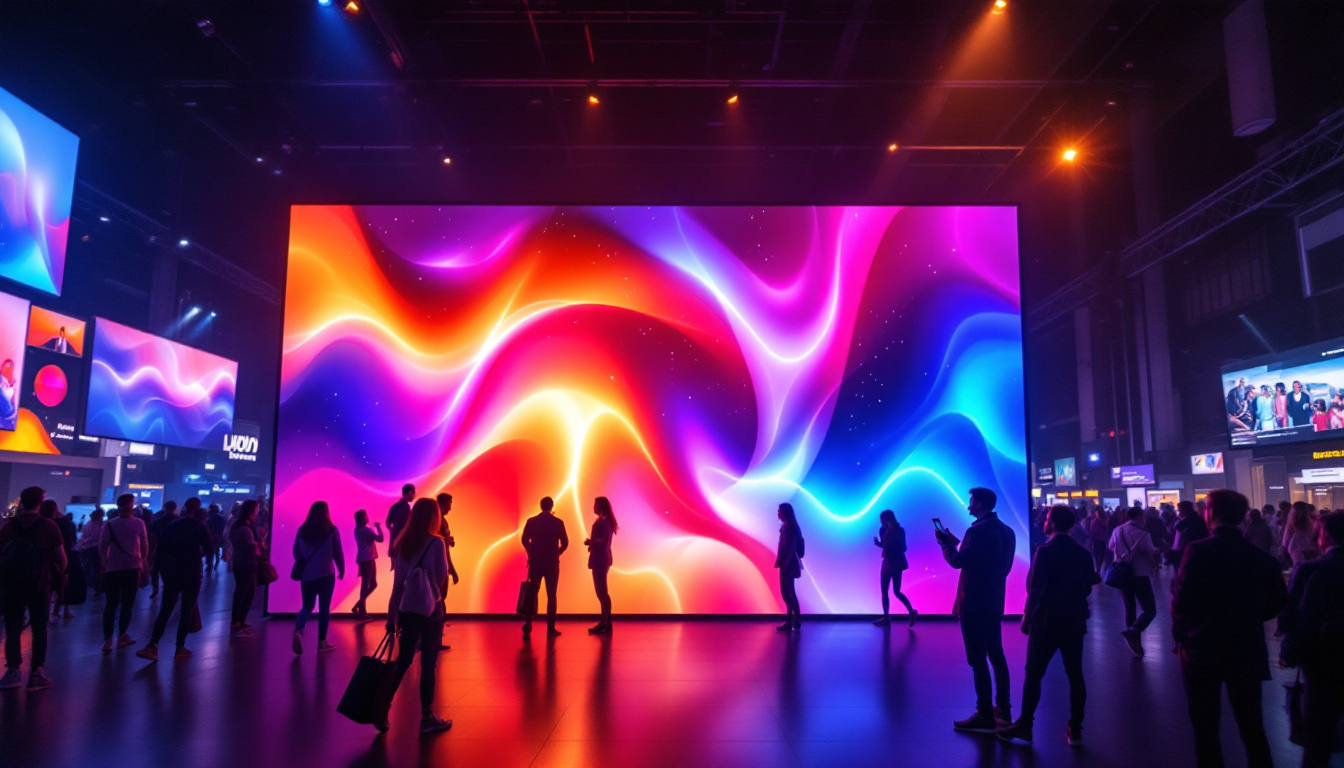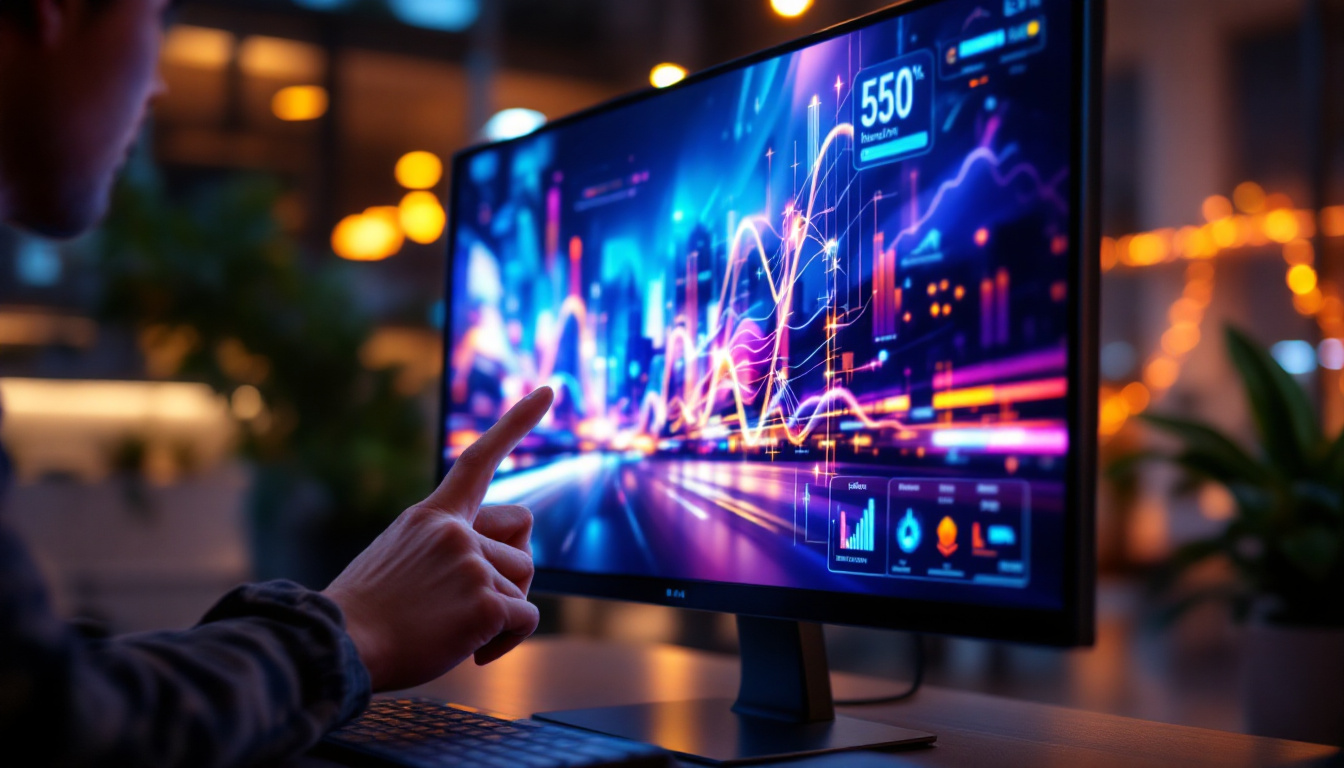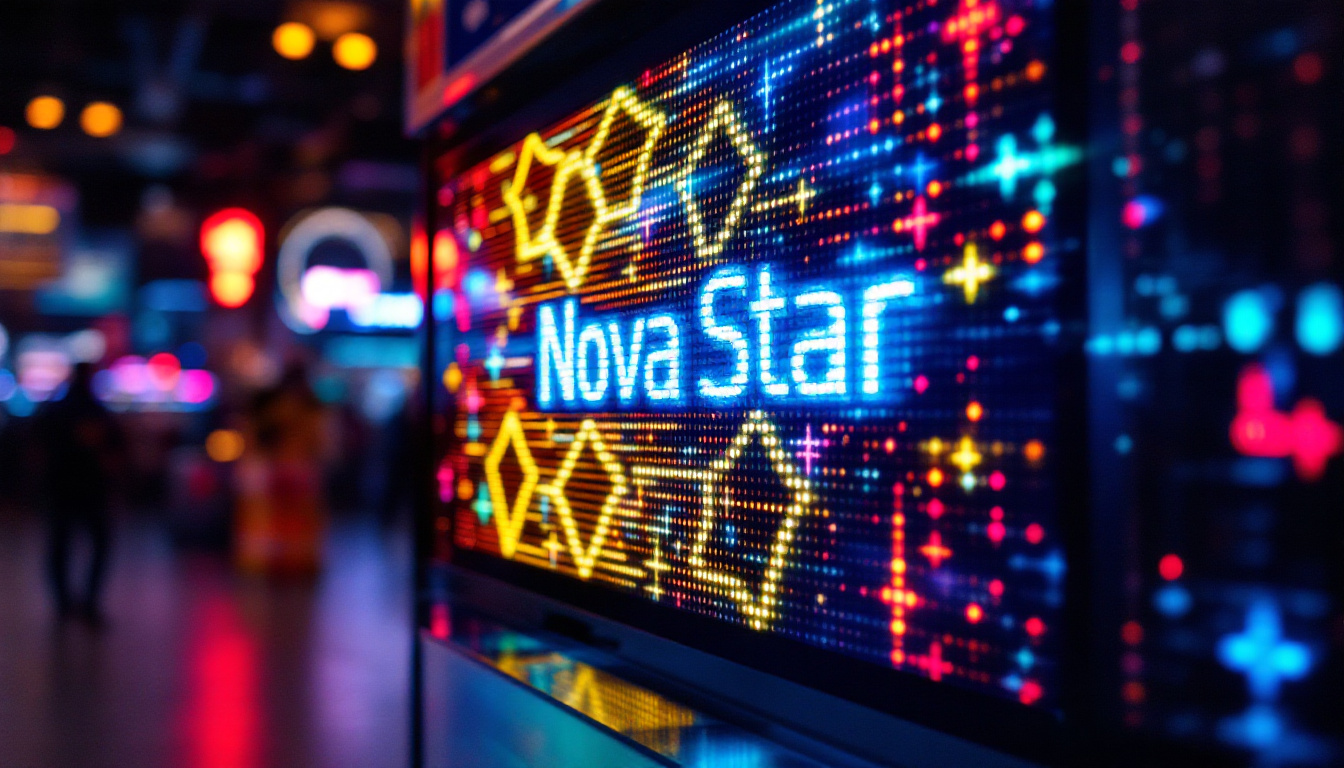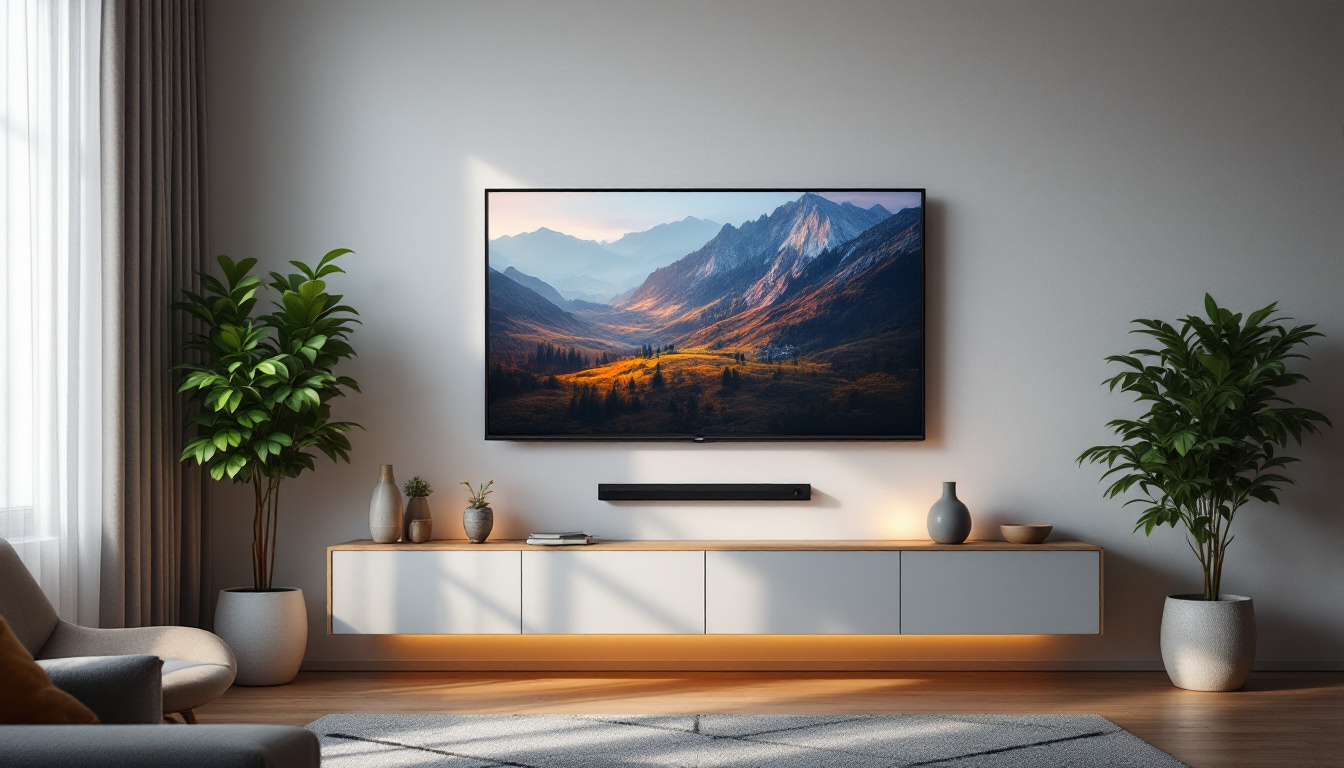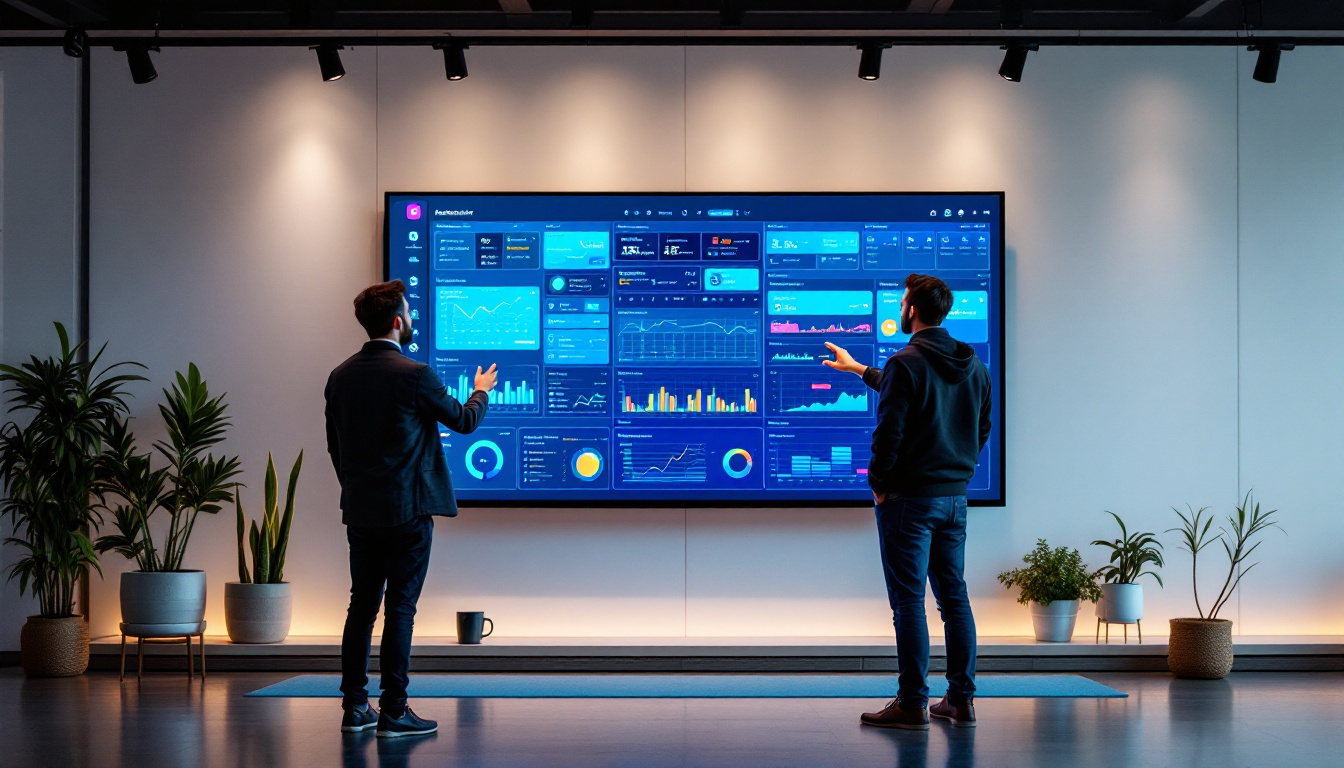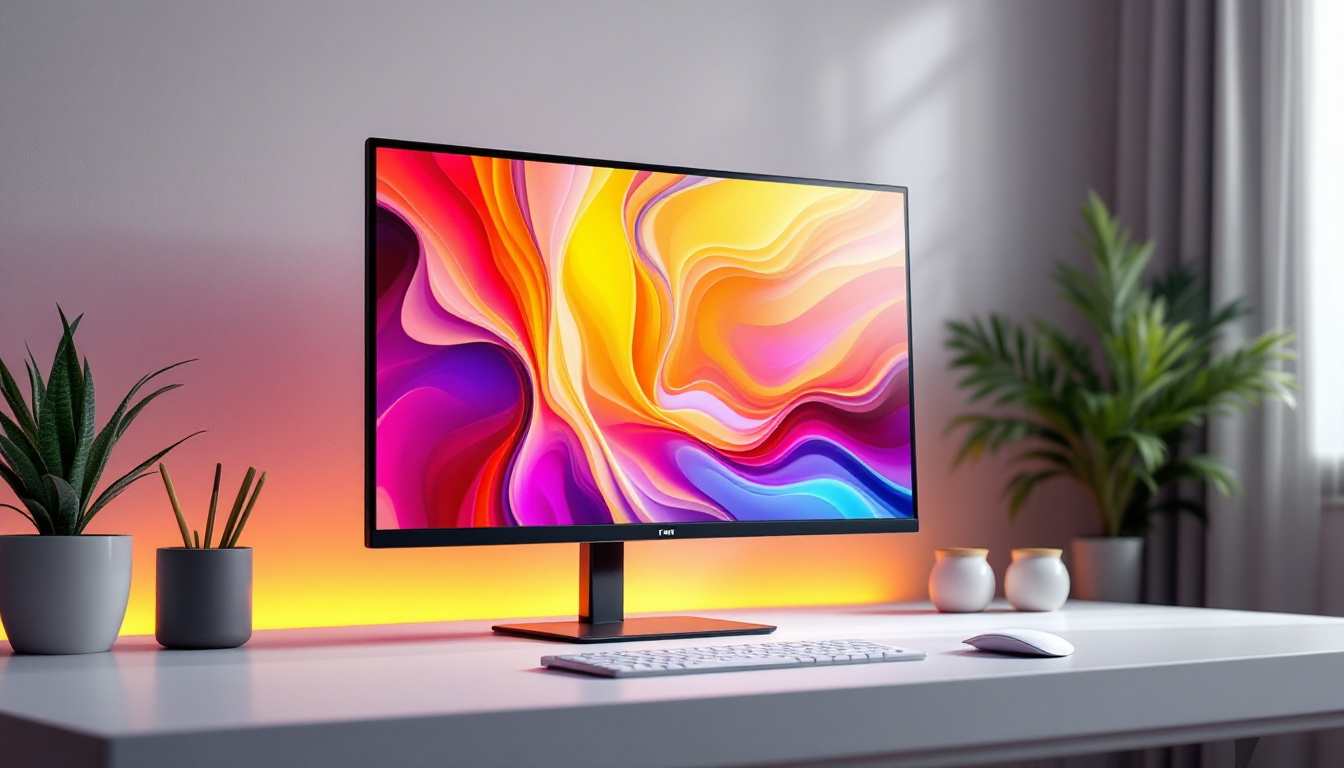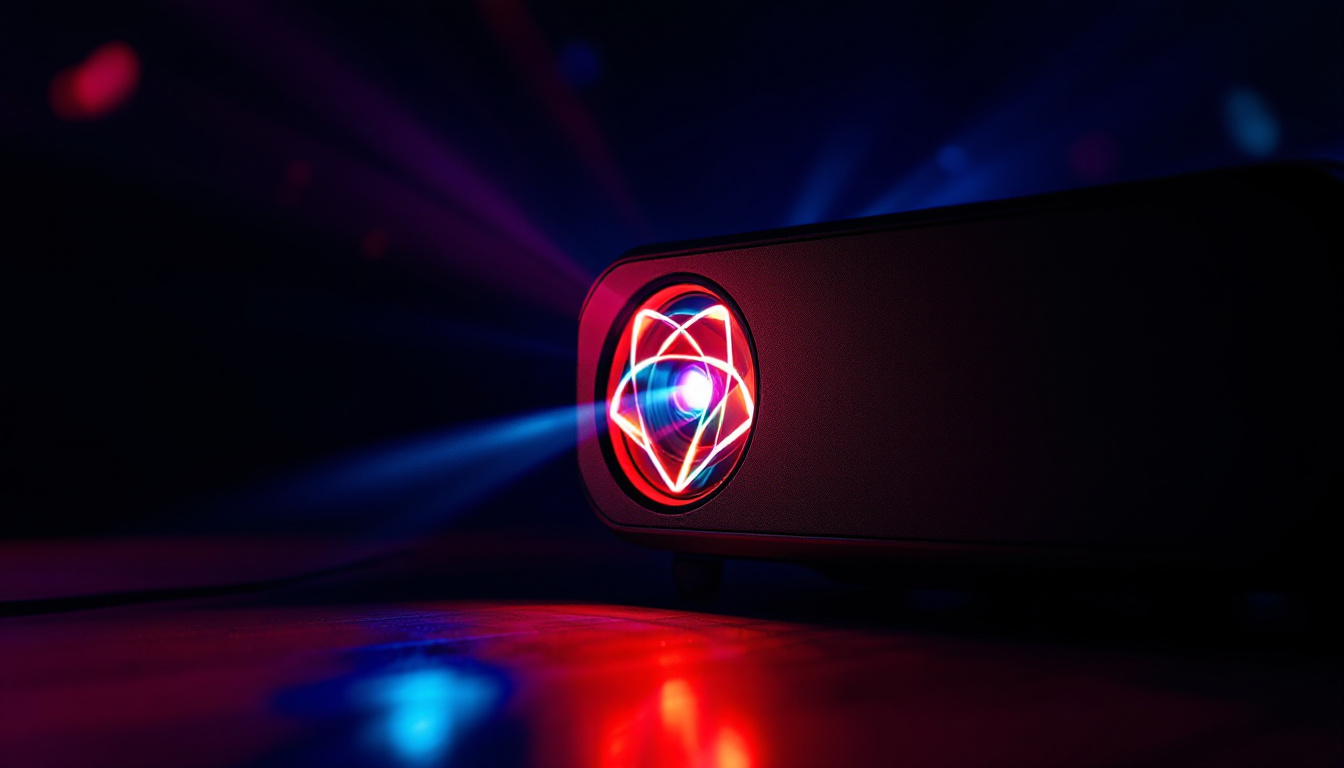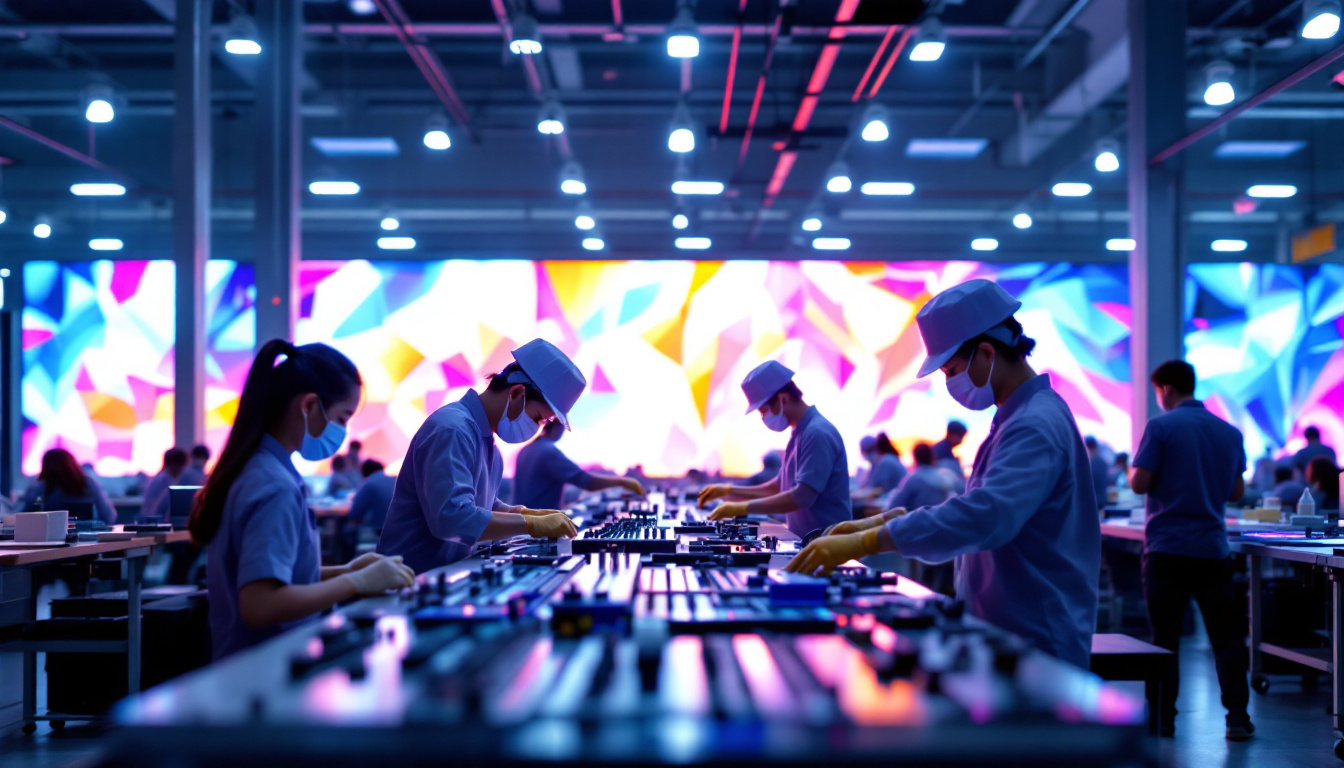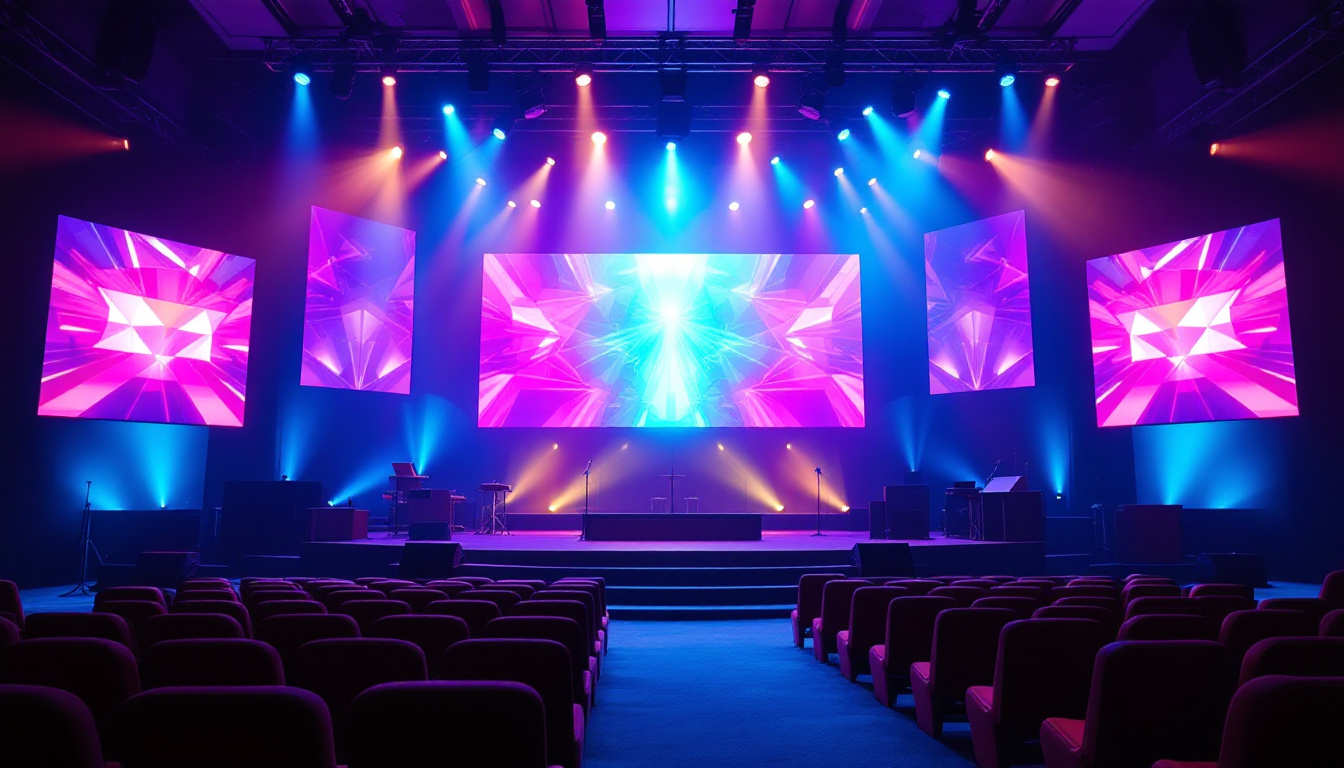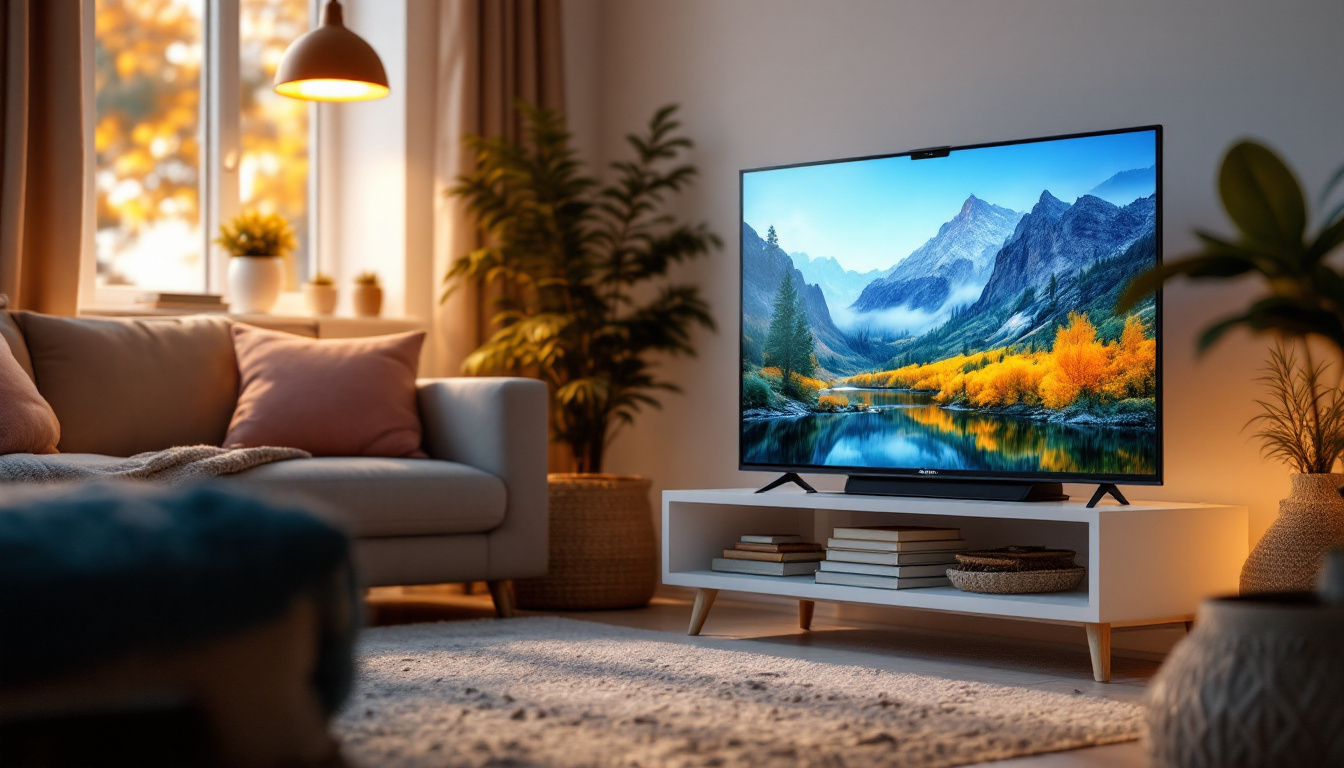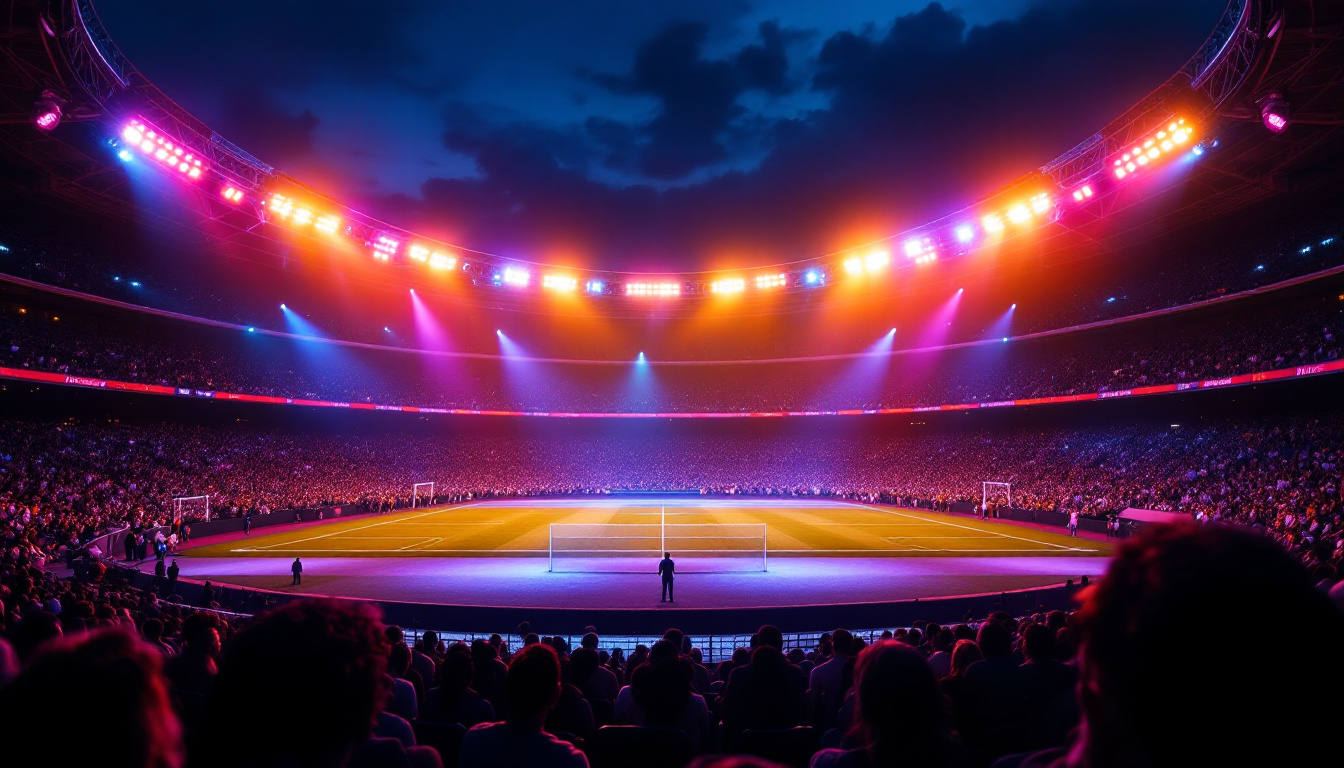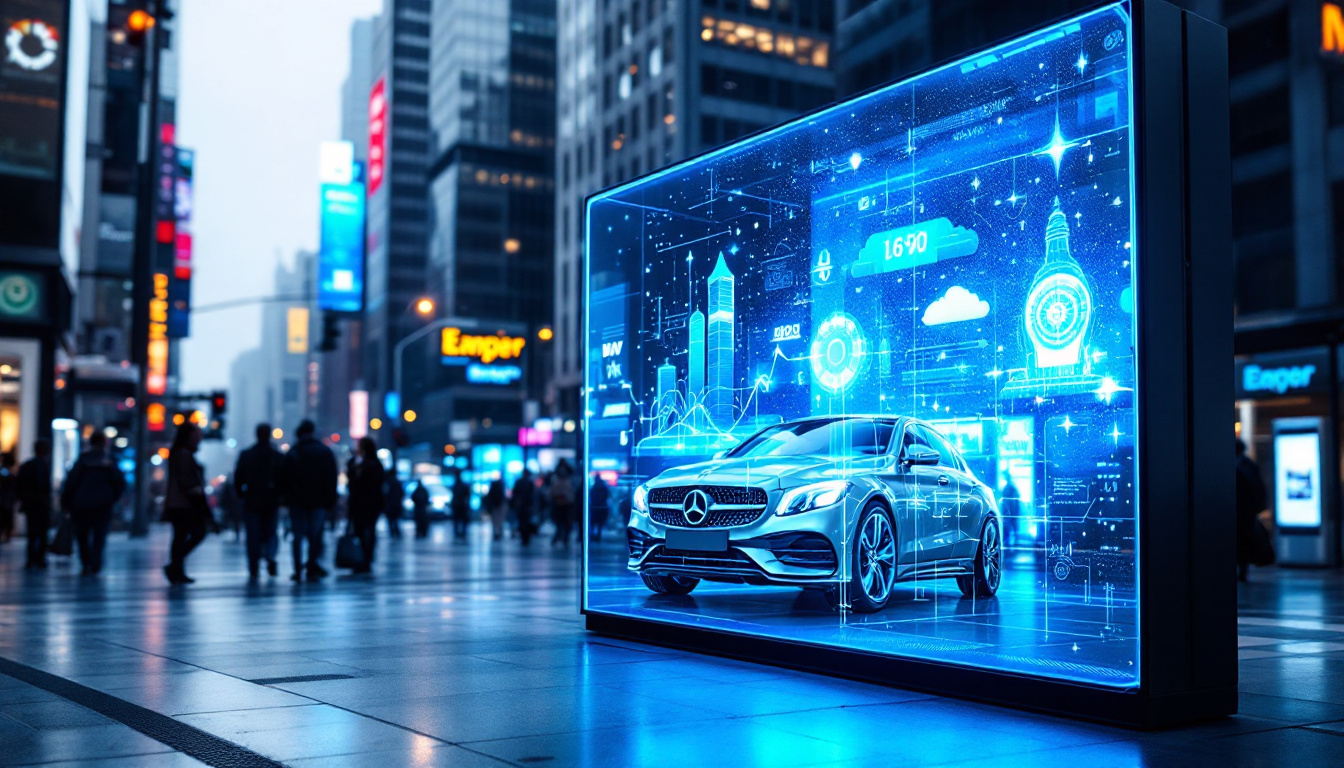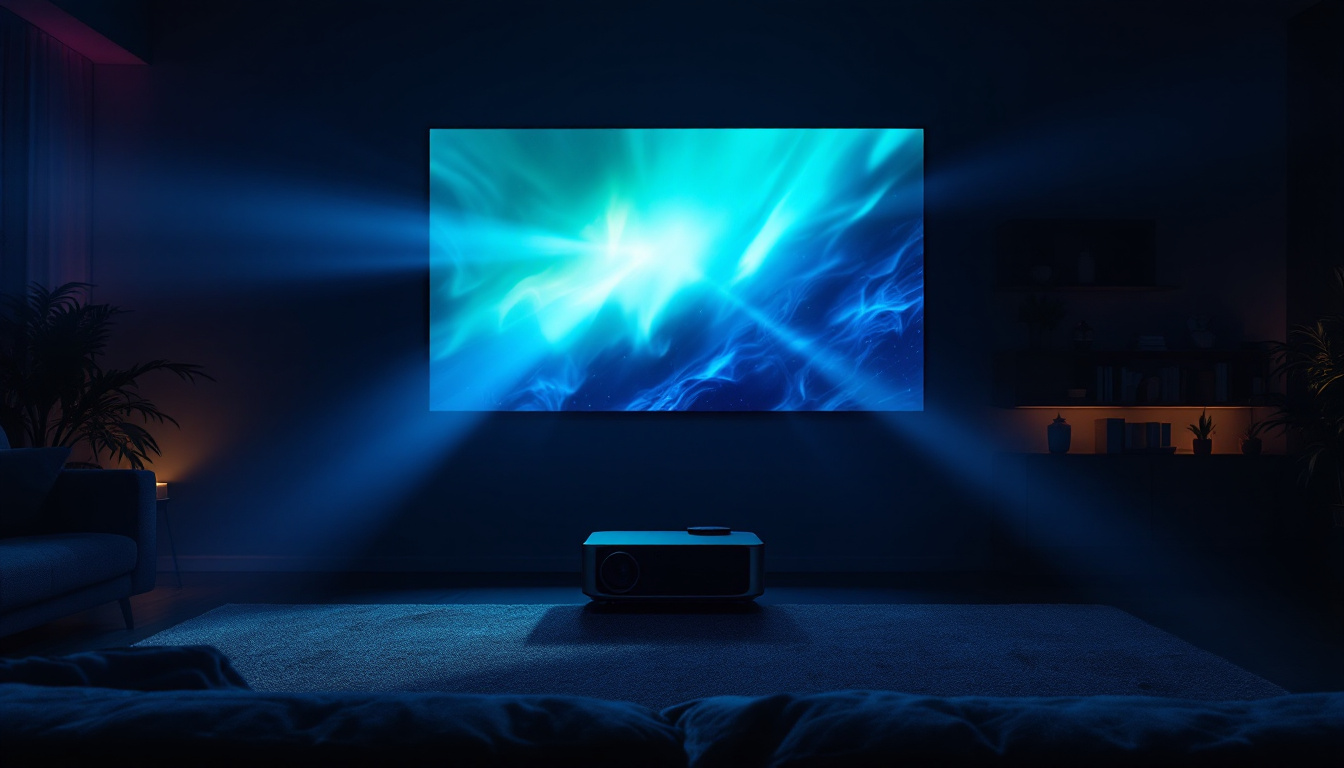In today’s fast-paced digital world, the demand for efficient workspace setups has never been higher. As professionals and gamers alike seek to maximize productivity and enhance their visual experience, multiple monitor holders have emerged as essential tools. This article delves into the intricacies of multiple monitor holders, particularly focusing on LED displays, their benefits, and how they can transform any workspace.
Understanding Multiple Monitor Holders
Multiple monitor holders are designed to support two or more displays simultaneously, providing a seamless and organized workspace. These holders come in various forms, including desk-mounted arms, stands, and wall mounts, each offering unique advantages. The choice of holder can greatly influence not only the functionality of your workspace but also your overall comfort and efficiency while working or gaming.
Types of Multiple Monitor Holders
There are several types of multiple monitor holders available on the market, each catering to different needs and preferences. Desk-mounted arms are particularly popular for their flexibility and ease of adjustment. They allow users to position monitors at eye level, reducing neck strain and improving ergonomics. Many of these arms also feature gas-spring mechanisms, enabling smooth adjustments with minimal effort, which is especially beneficial for users who frequently change their monitor configurations.
On the other hand, stands provide a stable base for multiple monitors, often featuring built-in cable management systems to keep wires tidy. These stands can accommodate a variety of monitor sizes and weights, making them versatile for different setups. Wall mounts are a space-saving option, ideal for those with limited desk space or who prefer a minimalist aesthetic. They can also free up valuable desk real estate, allowing for additional accessories or a cleaner workspace overall. Additionally, wall mounts can be positioned at any height, which can be particularly advantageous in collaborative environments where multiple users may need to view the screens from different angles.
Benefits of Using Multiple Monitor Holders
The advantages of using multiple monitor holders are numerous. Firstly, they enhance productivity by allowing users to multitask efficiently. With multiple screens, it becomes easier to compare documents, conduct research, or engage in video calls while working on a project. This setup is particularly favored in professions that require constant data analysis or content creation, as it minimizes the need to switch between tabs or applications, thus streamlining workflow.
Moreover, multiple monitor setups can significantly improve the overall visual experience. Gamers, for instance, benefit from an immersive environment, while graphic designers can work with larger canvases, enabling finer detail and creativity. The ability to spread out applications across multiple screens can also reduce eye strain, as users can adjust their viewing angles and distances more comfortably. Furthermore, with the rise of remote work and virtual collaboration, having multiple monitors can facilitate better communication and engagement during online meetings, allowing users to share their screens while keeping essential tools and documents readily accessible on other displays.
LED Displays: A Closer Look
LED displays have revolutionized the way we interact with technology. Known for their vibrant colors, sharp contrast, and energy efficiency, LED monitors are a popular choice for multiple monitor setups. Understanding the technology behind LED displays is crucial for making informed decisions when selecting monitors for a multi-screen arrangement.
What is an LED Display?
LED stands for Light Emitting Diode, a technology that uses semiconductor materials to emit light when an electric current passes through them. In the context of displays, LED technology is typically used in conjunction with LCD (Liquid Crystal Display) panels, resulting in what is commonly referred to as LED-backlit LCD displays.
This combination allows for brighter images and better color reproduction compared to traditional LCDs. The backlighting enhances the overall viewing experience, making LED displays suitable for various applications, from professional work to gaming and entertainment. The evolution of LED technology has also led to the development of OLED (Organic Light Emitting Diode) displays, which take the concept a step further by allowing each pixel to emit its own light, resulting in even deeper blacks and more vivid colors.
Advantages of LED Displays
One of the primary advantages of LED displays is their energy efficiency. They consume less power than traditional display technologies, making them an environmentally friendly choice. Additionally, LED monitors tend to have a longer lifespan, reducing the need for frequent replacements.
Furthermore, LED displays offer superior brightness and contrast ratios, resulting in clearer images and more vibrant colors. This is particularly beneficial for tasks that require precise color accuracy, such as photo editing or graphic design. The quick response times of LED displays also make them ideal for fast-paced gaming, where every millisecond counts. Moreover, many LED monitors come equipped with advanced features like adaptive sync technologies, which eliminate screen tearing and stuttering, providing a smoother gaming experience.
Another noteworthy aspect is the versatility of LED displays in various environments. Whether in a brightly lit office or a dimly lit home theater, LED technology adapts well, ensuring optimal visibility and comfort. The thin profile of LED monitors also allows for sleek designs that can enhance the aesthetics of any workspace or entertainment setup. With options for curved screens and ultra-wide displays, users can create immersive experiences that cater to their specific needs, whether for productivity or leisure.
Choosing the Right Multiple Monitor Holder for LED Displays
Selecting the appropriate multiple monitor holder for LED displays involves considering several factors, including monitor size, weight, and the intended use of the setup. Here are some key considerations to keep in mind.
Monitor Size and Weight
Before purchasing a multiple monitor holder, it is essential to check the specifications of the monitors being used. Most holders have weight limits and size compatibility, so ensuring that the monitors fit within these parameters is crucial for safety and stability.
For larger monitors, a heavy-duty mount may be necessary to support the weight adequately. Additionally, consider the distance between monitors and the overall layout to ensure a comfortable viewing experience.
Adjustability and Ergonomics
Ergonomics play a vital role in workspace design. An adjustable monitor holder allows users to customize the height, tilt, and rotation of each display, promoting better posture and reducing the risk of strain injuries. Look for holders that offer a wide range of motion and easy adjustments.
Some holders even come with features like gas spring arms, which provide effortless repositioning of the monitors. This flexibility is particularly beneficial for collaborative work environments where multiple users may need to adjust the displays frequently.
Setting Up Your Multiple Monitor Holder
Once the right multiple monitor holder has been selected, the next step is installation. Proper setup is crucial to ensure stability and functionality. Here are some steps to guide the installation process.
Installation Steps
1. **Gather Tools and Materials:** Before starting, gather all necessary tools, such as a screwdriver, wrench, and level. Ensure that the monitor holder comes with all required mounting hardware.
2. **Choose the Location:** Select a suitable location for the monitor holder. Consider factors like desk height, proximity to power outlets, and visibility. Ensure that the area is free from obstructions.
3. **Mounting the Holder:** Follow the manufacturer’s instructions to mount the holder securely. If using a desk-mounted arm, ensure it is clamped tightly to avoid any wobbling. For wall mounts, use a stud finder to locate wall studs for secure installation.
4. **Attach the Monitors:** Once the holder is mounted, carefully attach the monitors according to the instructions. Ensure that each monitor is securely fastened and that cables are managed neatly to prevent tangling.
Testing and Adjustments
After installation, it is essential to test the setup. Adjust the monitors to the desired height and angle, ensuring that they are comfortable for viewing. Take some time to sit at the workstation and make any necessary adjustments to optimize ergonomics.
Additionally, check the stability of the holder and monitors. If any wobbling or instability is detected, revisit the installation steps to ensure everything is securely fastened.
Maintaining Your Multiple Monitor Setup
To keep a multiple monitor setup functioning optimally, regular maintenance is required. This includes cleaning the monitors, checking connections, and ensuring that the holder remains secure.
Cleaning and Care
Dust and fingerprints can accumulate on monitors, affecting visibility and overall aesthetics. Use a microfiber cloth and a gentle cleaning solution to wipe down screens regularly. Avoid using harsh chemicals that could damage the display.
Additionally, check cables for wear and tear. Ensure that all connections are secure and that there are no loose wires that could lead to connectivity issues.
Upgrading Your Setup
As technology evolves, there may come a time when upgrading monitors or the holder itself is necessary. When considering upgrades, assess the current needs and future requirements. Newer models may offer better resolution, refresh rates, or additional features that enhance productivity.
When upgrading, ensure that the existing monitor holder is compatible with the new displays. If not, it may be time to invest in a new holder that accommodates the upgraded monitors.
Conclusion
In conclusion, multiple monitor holders have become indispensable tools for enhancing productivity and improving the visual experience in various settings. With the rise of LED displays, users can enjoy vibrant colors and energy efficiency, making them an ideal choice for multi-screen setups.
Choosing the right monitor holder involves careful consideration of monitor size, weight, and ergonomic features. Proper installation and maintenance are crucial for ensuring a stable and functional workspace. By investing in a quality multiple monitor holder and LED displays, users can create an efficient and visually appealing environment that meets their needs.
As technology continues to advance, embracing innovative solutions such as multiple monitor setups will undoubtedly enhance productivity and creativity in the digital age.
Discover LumenMatrix’s Advanced LED Display Solutions
Ready to elevate your workspace with the ultimate visual setup? Look no further than LumenMatrix, a pioneer in LED display technology. Our extensive range of products, from Indoor and Outdoor LED Wall Displays to innovative solutions like Vehicle LED Displays and Custom LED Displays, is designed to meet your every need. Embrace the future of visual communication with LumenMatrix and transform your environment with displays that promise vibrant colors, energy efficiency, and unparalleled clarity. Check out LumenMatrix LED Display Solutions today and experience the difference in your multi-monitor setup.

